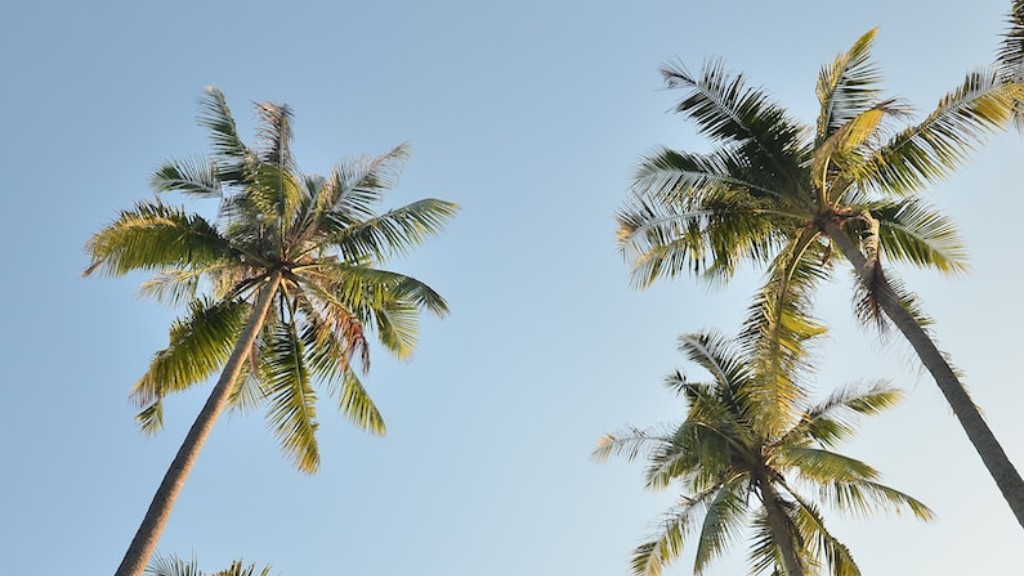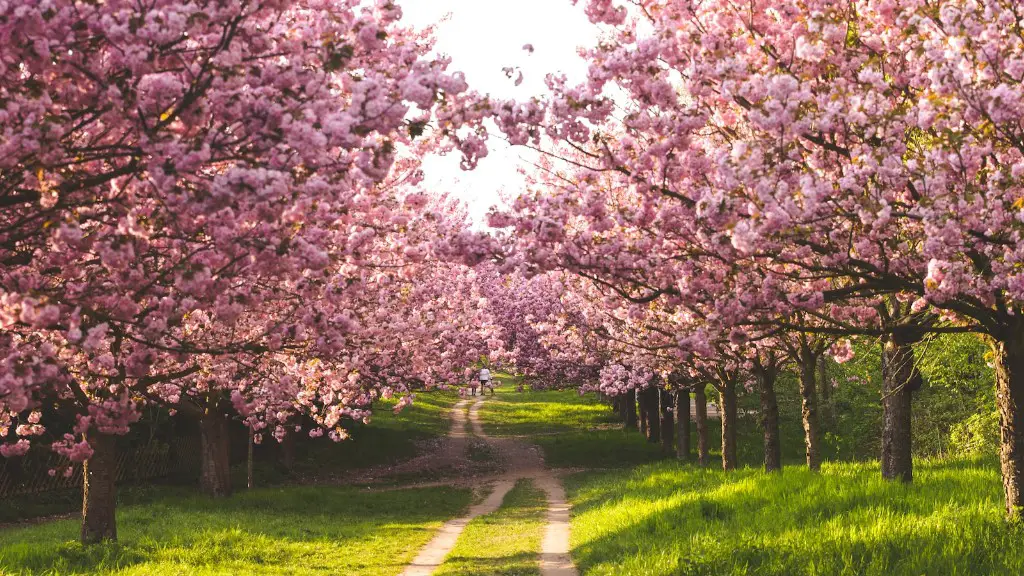Preparation
Painting a palm tree mural is a long and complex process, and it is important to be properly prepared before engaging in it. The first step to take is to design the overall idea of the mural and the type of palm tree that should be depicted. One should take into account the size of the wall, the overall look of the room and the style of the mural desired. The second step is about selecting the right materials for the job.
The wall should be properly cleaned, and priming and sealing should be done prior to beginning the painting process. Depending on the medium used for painting, one should select the appropriate canvases, tools, paints and brushes. One should also have all the adhesives and fixings close at hand when ready to begin painting.
Drawing the Mural
When ready to draw the mural, one should also take into consideration the space of the wall while determining the placement and sizes of the palm tree and other elements. The drawing process might include the use of various pencils, rulers, freehand markers, paper and canvas. It is also important to ensure that all lines are straight and even, and that images are also accurately scaled.
Painting the Mural
When ready to paint, it is advised to first use a flat paint brush to fill the surface of the wall. Afterward, one should prepare the desired colors and mix them one at a time. It is important to create the desired shades and tones by properly blending the colors. One can also thin down the paint with either linseed oil or turpentine to create different effects on the painting surface.
The painting process should be done one small area at a time. Using a larger brush should first be done on the background of the mural, and then layers of paints should be added. Afterward, details can be added with smaller brushes, and also with the use of stencils.
Varnishing the Mural
Once the mural is completed, one should leave it dry for a couple of days before varnishing it. The use of water-based varnish is highly recommended, and the best results can be obtained with a few coats of varnish.
Sealing the Mural
Sealing the mural is the last step in the painting process. It is important to seal the mural so that the colors remain bright and vibrant. A sealant should be applied to the wall using a soft brush, and it should also be evenly distributed. Afterward, the wall should be allowed to dry.
Caring for the Mural
In order to keep the mural in its best condition, it is important to clean the wall regularly, and to avoid the use of any abrasive cleaning products. The best way to keep the mural fresh and vibrant is to limit the amount of water and moisture the wall comes in contact with.
Enjoyment of the Mural
Finally, once the mural is completed, one should enjoy the end result. The painting of a palm tree mural is a very rewarding process in which one should take pride in. It can also be a great source of inspiration for anyone looking for creative ideas.
Using Stencils
Stencils are a great way to add details to the mural without the risk of making mistakes. One can start off by selecting the stencils desired, and then placing them on the wall. Afterward, one should use a brush or a roller to apply the paint to the stencils. Once the paint is dry, the stencils can be carefully peeled off the mural.
Adding Details
Adding details is the final step to take when painting a palm tree mural. This can be done with the use of different brushes and paints, and it is a great way to experiment with various textures and color combinations. After completing this step, one can step back and admire the work accomplished.
Creating Textures
Creating textures is a great way to add more interest and dimension to the mural. Accentuating the details of the palm tree and the surrounding area can be done with the use of certain materials such as sponges and rags. One should also remember to use lighter and darker shades of the same color to create the desired effect.
Using Accents
Accents can be used to liven up the murals, and provide it with a unique look. For example, the use of glitter and shimmering materials such as mica flakes can be used to add more dynamism to the painting. These accents can also be used to create abstract shapes and lines, and to add more contrast to the overall look of the mural.
Protection of the Mural
In order to protect the mural from wear and tear, one should also consider using a protective coating. This can be applied in multiple thin layers, and to allow it to fully dry in between coats. This will ensure that the mural will remain in its best condition for many years.


